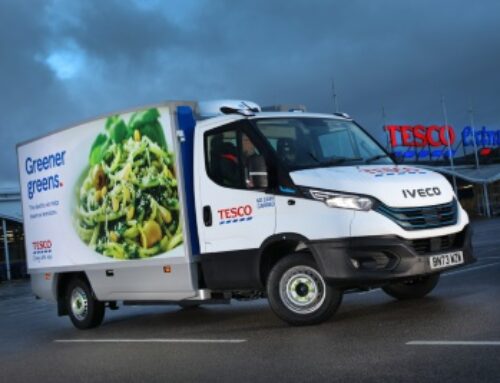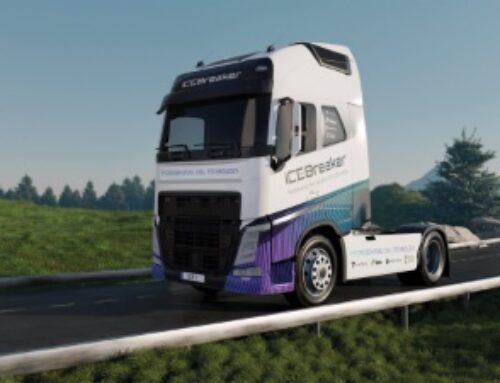Air bag inspection advice from BPW
 Vehicle technology provider BPW has issued a technical service bulletin on the procedure to follow and areas for particular attention when inspecting the air bags on air suspension systems.
Vehicle technology provider BPW has issued a technical service bulletin on the procedure to follow and areas for particular attention when inspecting the air bags on air suspension systems.
“Ensure all fixings to the trailer and air lines are in a good condition and are airtight,” said the company.
“Ensure the top plate is even using a straight edge (see image, above).
“Fully inflate the bag, and with a soapy solution, check for leaks between the top plate and the rubber, and between the bottom of the bag and the piston.”
The bag should be checked for cracks, rips and tears, says BPW. If any cords are showing, the bag must be replaced.
“Check the piston for damage. If damaged, the base must be replaced.”
 If an audible rattling noise can be heard during operation, says BPW, this indicates the internal bump stop (pictured, right) could be loose or worn.
If an audible rattling noise can be heard during operation, says BPW, this indicates the internal bump stop (pictured, right) could be loose or worn.
“Check for signs of fatigue in the area where the bag rolls onto the piston on deflation,” the company added.
The type/model can be identified via markings on the side of the air bag, which also include a part number (for the air bag rubber only) and a date code. The piston base is a separate part number, and must be ordered separately.
BPW additionally warned: “No welding should be carried out on steel parts of air bags and pressure vessel. The air suspension should only be filled with compressed air when mounted or when the mechanical height limit has been reached.”











